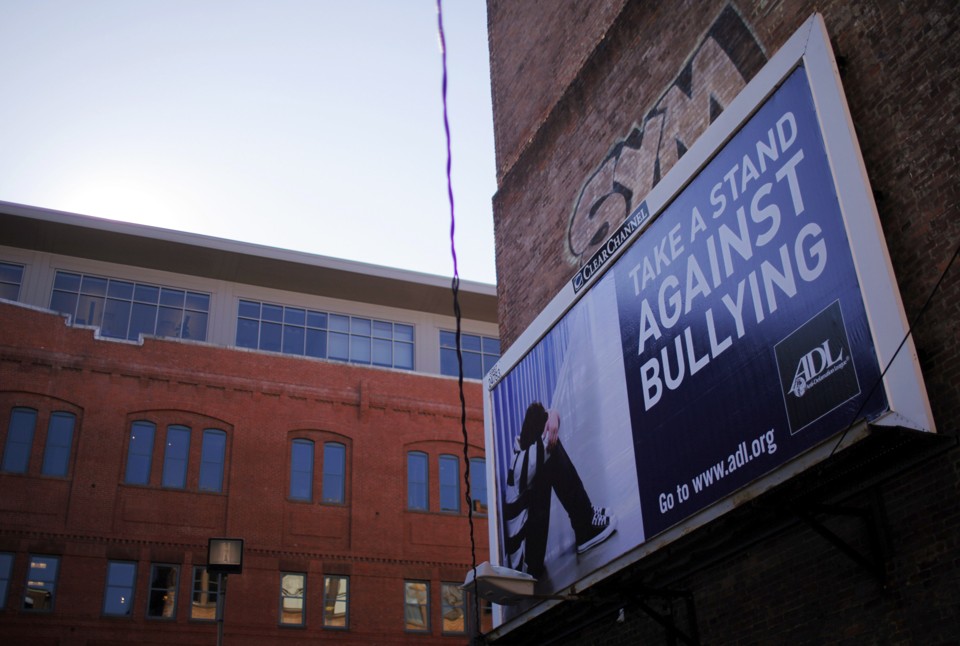What’s the Recipe for an Effective Anti-Bullying Policy?
Lots of states have passed legislation targeting this problem, but it can be hard to get kids to take the efforts seriously.

At her Moraga, California, junior high school, Rachel Jackson was a safe-school ambassador (SSA), part of a program that trains student volunteers to intervene in bullying situations among their peers.
SSA runs throughout the school year and requires students and teachers to work together, two elements of effective anti-bullying programs, experts say. But in practice, Jackson remembers, student apathy eroded some of the potential.
“About half of the SSAs took the program seriously,” says Jackson, now 16. “However, the majority of students … didn’t exactly see it as an opportunity to really make a change.”
Getting students—particularly junior high schoolers—to take bullying seriously is a daunting task for teachers, administrators, and school counselors. But a study published this month in JAMA Pediatrics suggests that anti-bullying efforts, including laws many states have passed in the past five years, appear to be helping the 20 percent of kids in the U.S. who say they’ve been bullied in the past 12 months.
Researchers at Columbia University analyzed responses from more than 62,000 high-school students in 25 states who participated in a survey conducted by the U.S. Department of Education. (States with anti-bullying laws passed before 2010 were excluded.) Those who attended schools in states with anti-bullying legislation that included at least one of the DOE-recommended key componentswere 24 percent less likely to report that they’d been bullied in the last year, and 20 percent less likely to say they’d been cyberbullied.
Three components stood out as particularly effective: Laws should include a statement of scope; have a clear description of prohibited behaviors; and require school districts to develop and implement policies at the local level, says lead author Mark Hatzenbuehler, an associate professor of sociomedical sciences at Columbia University’s Mailman School of Public Health.
“Anti-bullying programs vary a lot, so we can’t say yet what is the gold standard,” Hatzenbuehler notes.
On a basic level, state anti-bullying laws outline procedures for receiving, recording, and responding to complaints of bullying by students. But they vary tremendously. New Jerseyhas what are considered the toughest anti-bullying laws in the country, whereasMontana, the 50th state to enact a law, provides a definition of bullying and that’s about it. (Montana also had one of the highest rates of reported bullying in Hatzenbuehler’s study.)The Anti-Bullying Policies That Are Actually Working - The Atlantic:
